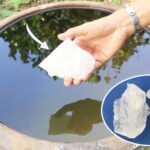Are you curious about how many liters are in a cubic meter? This question seems simple, but it still puzzles many people. Knowing how to convert a cubic meter of water into other units is very applicable in reality, such as in the water industry, wastewater treatment, and water supply. Join FPT Shop to explore the cubic meter of water through the following article.
Understanding the Cubic Meter
A cubic meter is a unit used to measure volume and belongs to the SI measurement system. Typically, one cubic meter is equivalent to the volume of a cube with each side measuring one meter in length. Under standard conditions with a maximum density at a temperature of 3.98 degrees Celsius and an atmospheric pressure of 101.325 kPa, 1000kg is equal to one cubic meter of pure water.
Nowadays, to meet flexible demands in production and daily life, we can convert one cubic meter of water into other quantities such as liters, numbers, or kilograms. Even more intriguing is the conversion of one cubic meter of water into liters due to the practical application of this calculation.
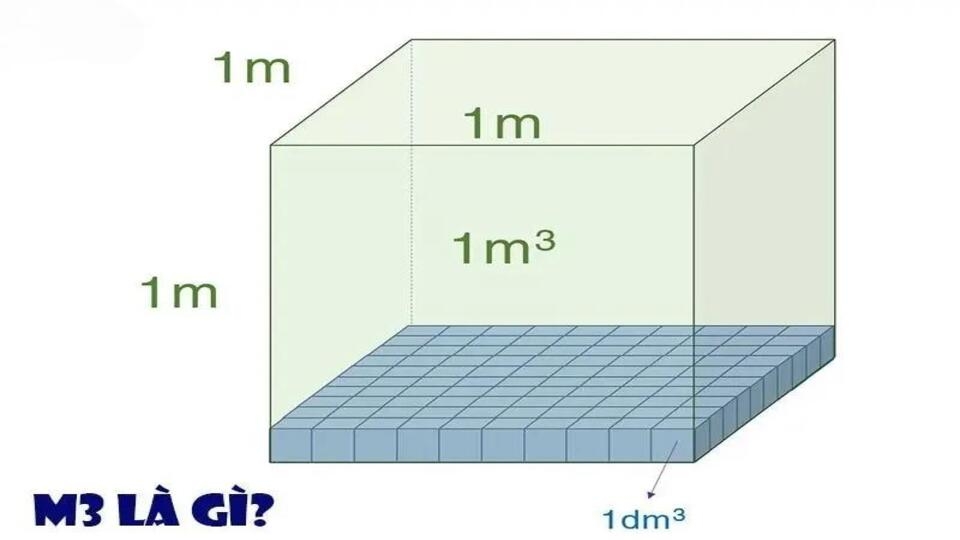
How Many Liters Are in a Cubic Meter of Water?
As we know, a cubic meter of water is a shortened form of saying or writing one cubic meter (1m3) of water. In other words, one cubic meter of water is the amount of water contained in a cube with each side measuring one meter in length.
From 1m3, we can convert to units like dm3, cm3, or mm3 using the following formula: 1 m3 is equal to 1000 dm3, which is also equal to 1,000,000 cm3, and finally, it is equal to 1,000,000,000 mm3.
On the other hand, in reality, how many liters of water are in 1 dm3? The volume of water contained in a cube with each side measuring one dm in length is 1 dm3. Thus, 1 dm3 is equal to one liter of water.
Therefore, one cubic meter of water is equivalent to 1000 liters of water. Similarly, when converting units used to measure gases or solid and liquid materials like 1 m3 of concrete, 1m3 of soil, or 1 m3 of stone, we apply the same logic as above.
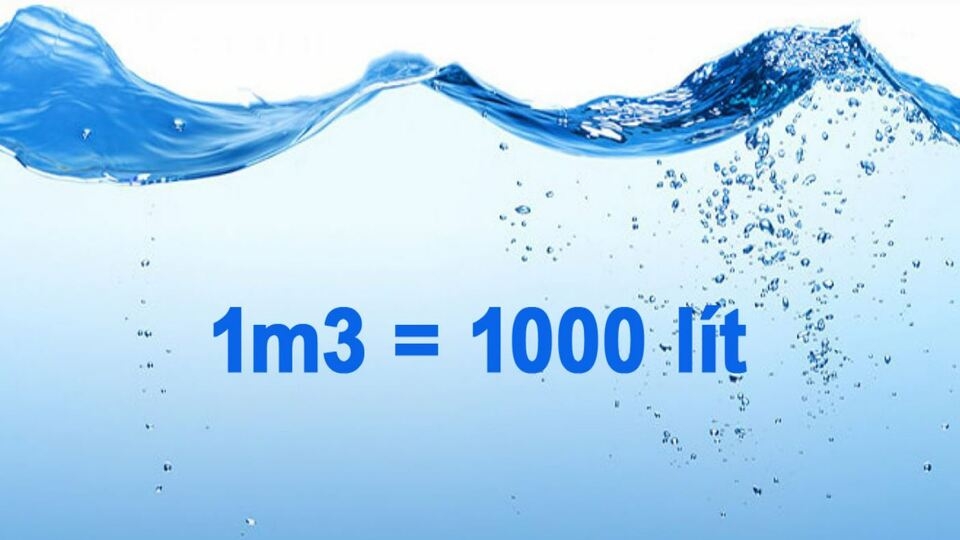
How Many Numbers Are in a Cubic Meter of Water?
Currently, when calculating the cost of water used in daily life, instead of using the term “cubic meter of water,” we often refer to it as a number. It is understood that one number of water is equal to one cubic meter of water, which is also equivalent to 1000 liters of water.
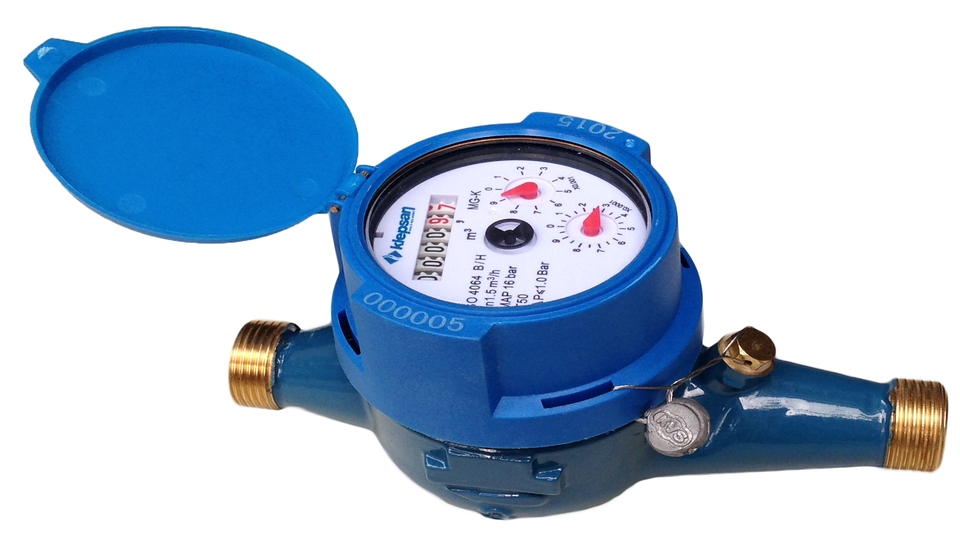
How Much Does a Cubic Meter of Water Weigh?
Density, or specific gravity, is a characteristic expressing the mass density per unit volume of a substance. The calculation of density is done by dividing the mass (m) of a substance by its volume (V). The density of water (H2O) is D = 997 kg/1m3, or you can approximate it to 1000kg/1m3. So, one cubic meter of water weighs 1000kg or one ton.
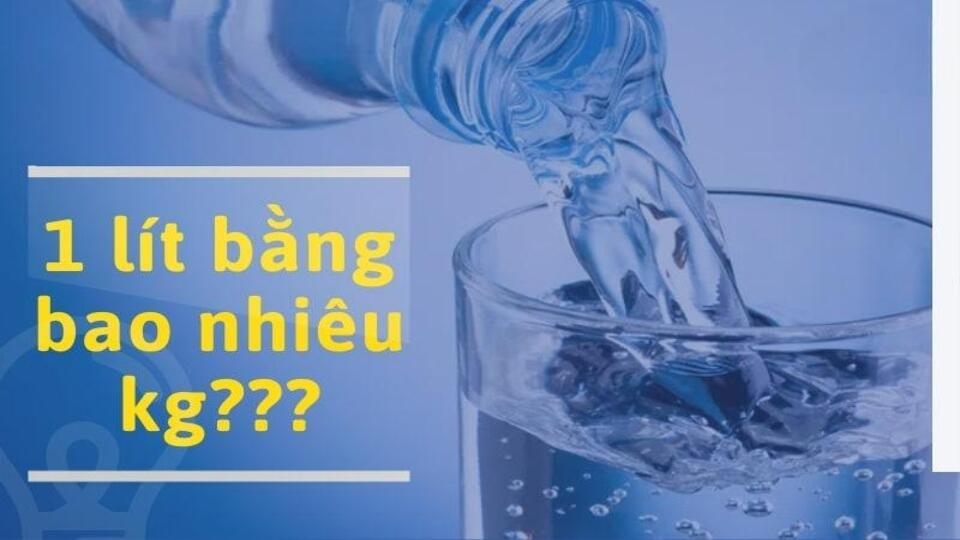
The Benefits of Knowing How to Convert a Cubic Meter
Understanding how to convert a cubic meter of water and applying this knowledge in calculations are beneficial in various areas of life. This makes computations easier and faster.
For instance, when calculating the volume of gasoline in a tanker truck, knowing how to convert a cubic meter into liters will help you determine the amount of gasoline to be transported, thus ensuring safety during the transportation process.
This is because the volume of gasoline can fluctuate due to temperature changes in the environment. When the temperature is low, the volume of gasoline may decrease as the density of gasoline drops. Conversely, when the temperature rises, the volume of gasoline may increase due to an increase in its density.
When to Convert a Cubic Meter of Water to Liters
Converting a cubic meter of water into liters is applicable in many real-life situations. The following are some common cases where this conversion is used.
Calculating the Volume of Water in a Swimming Pool
Determining the volume of water in a swimming pool is necessary. This provides a basis for pool managers to know the exact amount of water required to fill the pool. As a result, the pool can operate smoothly and continuously. The method for calculating the volume of water in a pool varies depending on its shape, whether it is square, oval, or round.

Other Cases
Apart from being used to calculate the volume of water in a swimming pool, the conversion of one cubic meter of water into liters is also frequently used by households. This is especially relevant when calculating monthly water consumption and other related information.
Conclusion
In summary, this article has provided insights into how many liters are in a cubic meter and various conversion methods. Hopefully, with this information, you can grasp the conversion techniques and apply them to make accurate and quick calculations in reality!.
- 1 liter is equal to how many cubic meters? Understanding the necessity of converting from 1 liter to cubic meters
- How many liters are in 1m3? The fastest way to convert volume units
Remember, no matter what you’re looking for, FPT Shop is always ready to meet your needs. Especially now, MSI laptops are on sale with great promotions. Check them out here:

